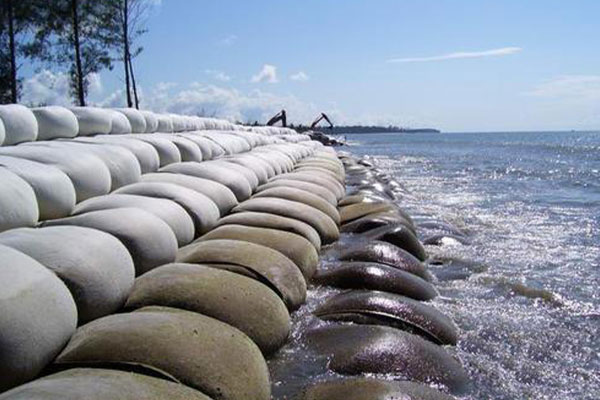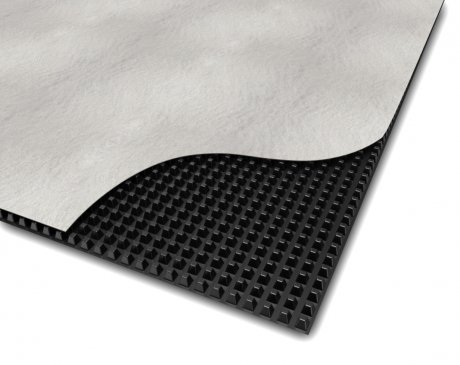What is an Erosion Control Blanket?
An erosion control blanket can help to stabilise the terrain, prevent erosion, and allow for the establishment of flora and turf on the ground. When used to cover bare excavated or newly formed soil, erosion control blankets can help to reduce the erosive effect of rainfall. They help to safeguard new plantings by stabilising the soil and reducing the risk of silt entering stormwater runoff. Erosion control blankets are a great way to protect recently graded slopes and open areas from erosion. They’re simple to set up and work well for temporary erosion control on erodible slopes and bare areas.
Erosion control blankets come in various types of materials, weight, thickness and sizes that are made of 100% biodegradable natural fibre, fire classified natural fibre or synthetic fibre that secure it together with 100% biodegradable natural nettings material, synthetic netting or with both types of netting.
Design
Erosion control blankets are made of organic or synthetic material ( e.g. straw, wood excelsior, coconut, polypropylene) that are woven, bonded, or structurally bound with nettings or mesh. Changes in the fibre, netting, and bonding components can affect the effectiveness, durability, and functional longevity of the blanket. Blankets should have a consistent thickness and the material fibres should be evenly distributed across the blanket’s surface. The blankets should be permeable enough to allow for plant development while also protecting the underlying soil surface from erosion.
Cotton string or polypropylene mesh should be used for the net backing of each blanket. The fibre material should be sandwiched between a top and bottom layer of net backing of the blankets. To avoid fibre movement, the blanket’s fibre material should be properly bonded or secured between the front and back nettings.
The staples used for the anchoring should be U shaped, 3mm or heavier steel wire, having a span width of 25mm and a length of 150mm or more from top to bottom after bending. If staple is to be used to anchor blankets, it should have a minimum length of 200mm. Wooden and other biodegradable stakes are recommended for areas where stray metal may cause problems. Spacing and patterns for staking vary according to each specific site – for example, closer staking patterns are required for steep slopes, ditches, channels, and shorelines. Regardless, all installations must meet or exceed the minimum manufacturer’s requirements regarding slope/channel applications, staking patterns, and other factors to achieve their specified effectiveness.
Benefits of erosion control blankets
Erosion control blankets have a number of advantages in addition to safeguarding the integrity of your landscaping ground or slope, including:
- Cost-effectiveness: Erosion control blankets are a low-cost way to avoid soil shift and erosion on ground surface. They are made up of layers of woven or otherwise bound natural and synthetic fibres and have a rather simple design. They’re a more efficient and cost-effective alternative to other erosion techniques, and they help to save time and money on projects. You can avoid project setbacks due to erosion by avoiding soil movement.
- Versatility: While all erosion control blankets have the same purpose in mind, they’re also remarkably varied. They’re required in a variety of industries and sorts of projects, either by legislation or by necessity.
- User-friendliness: Erosion control blankets are simple to set up and manage in general. By unrolling them out and laying as many side-by-side as you need to cover the desired area, you can apply them to a variety of terrains. They can also be transported to places where heavy gear might not be able to reach safely, such as along riverbanks.
- Decomposition: Due to the fact that many erosion control blankets are constructed of natural materials, they decompose over time. This feature eliminates the need to recover the mats and ensures that they continue to contribute to soil stabilisation and revegetation beyond their intended use term.
Erosion control blanket installation process
To ensure that the erosion control blankets touch the soil surface, remove all rocks, trash, and plants before installation. Metal wire or timber staples should be used to secure erosion control blankets to the soil. The staples should be driven flush with the soil surface through the erosion control blankets and into the soil.
Wall Tag is a leading erosion control supplier and has various types of erosion control blanket products that provide various needs.
Contact Wall Tag for all your erosion control blanket requirements.



